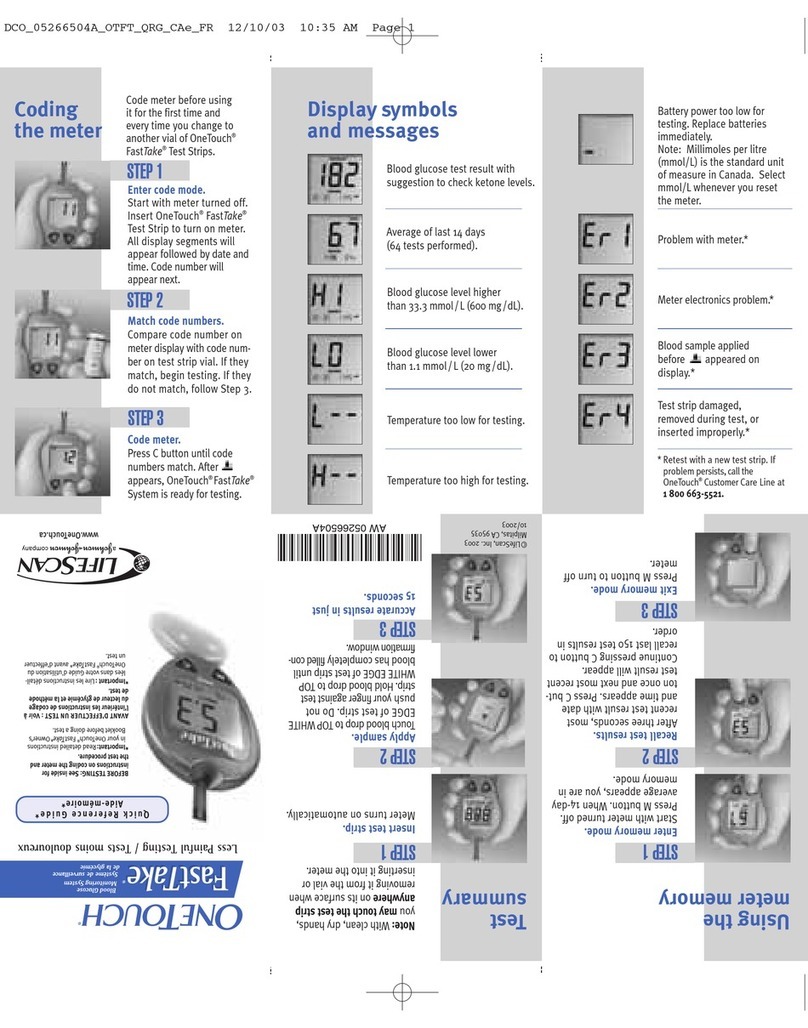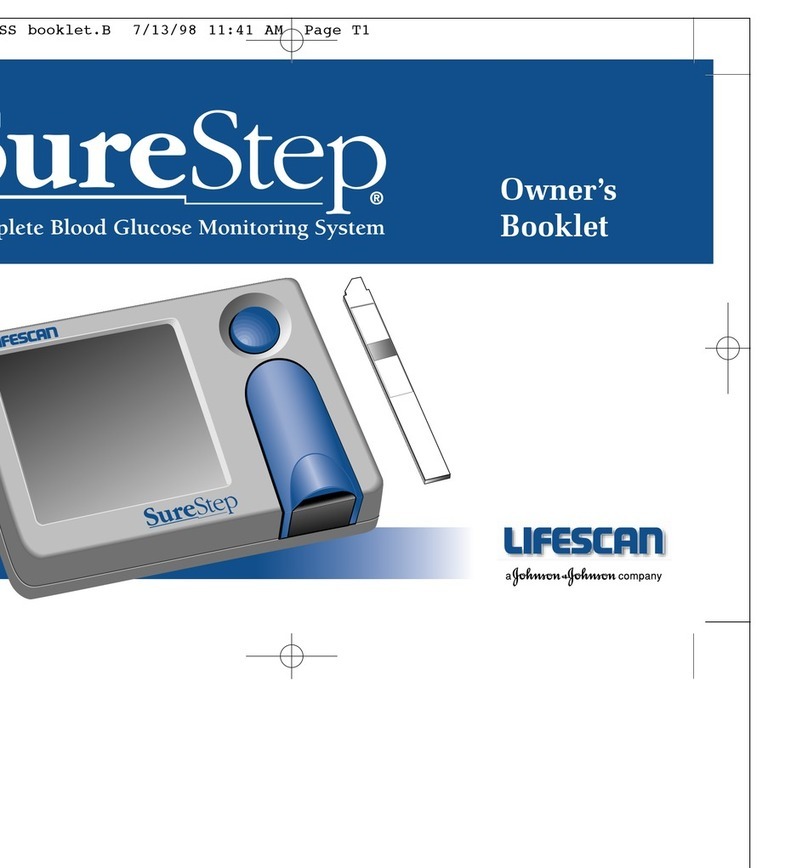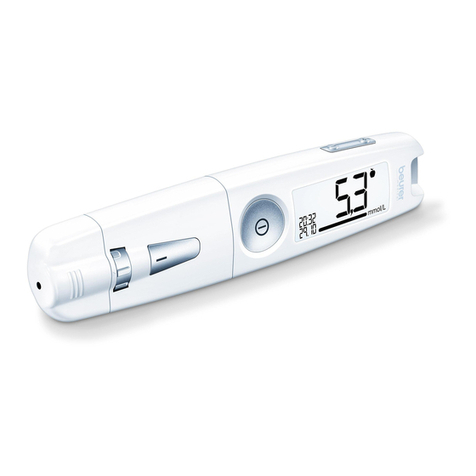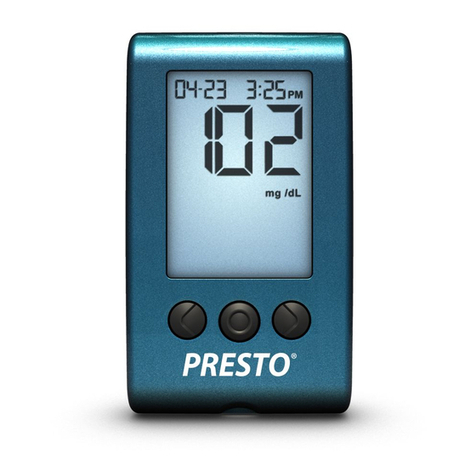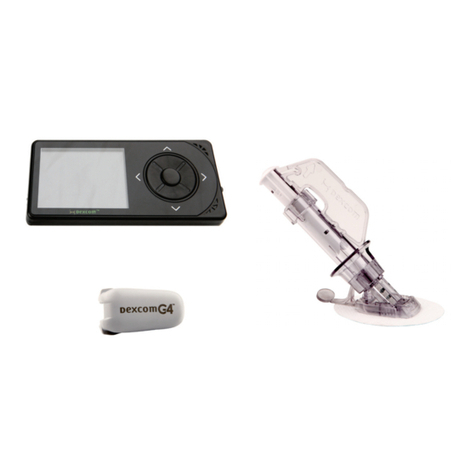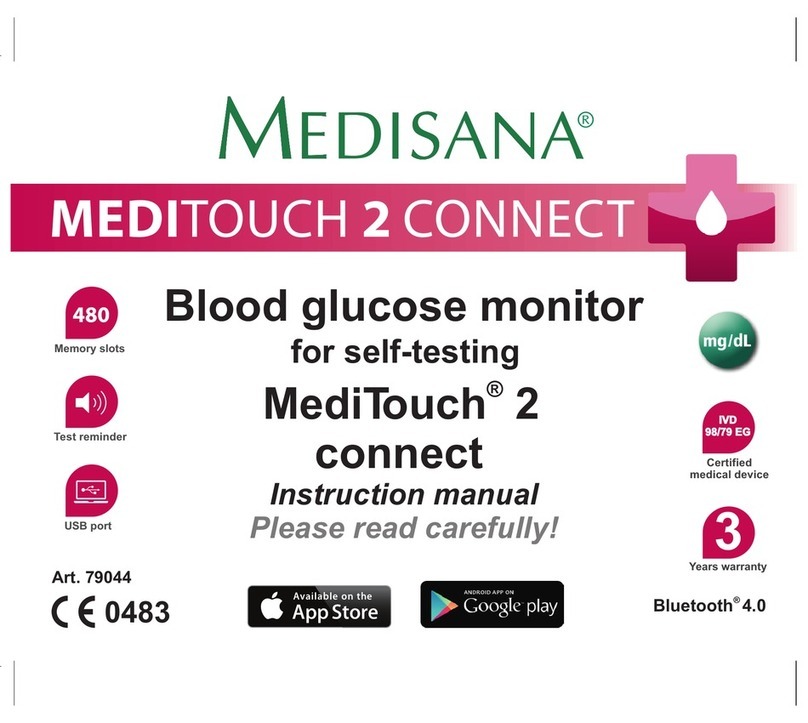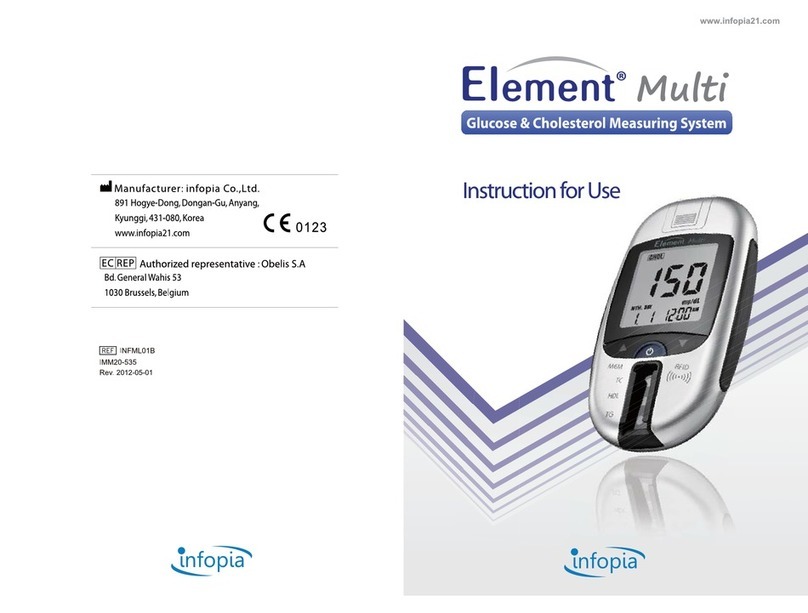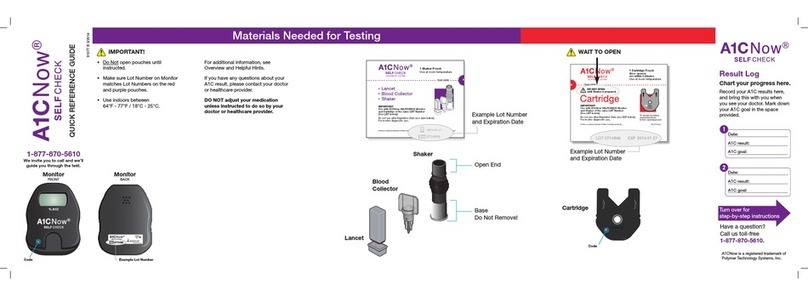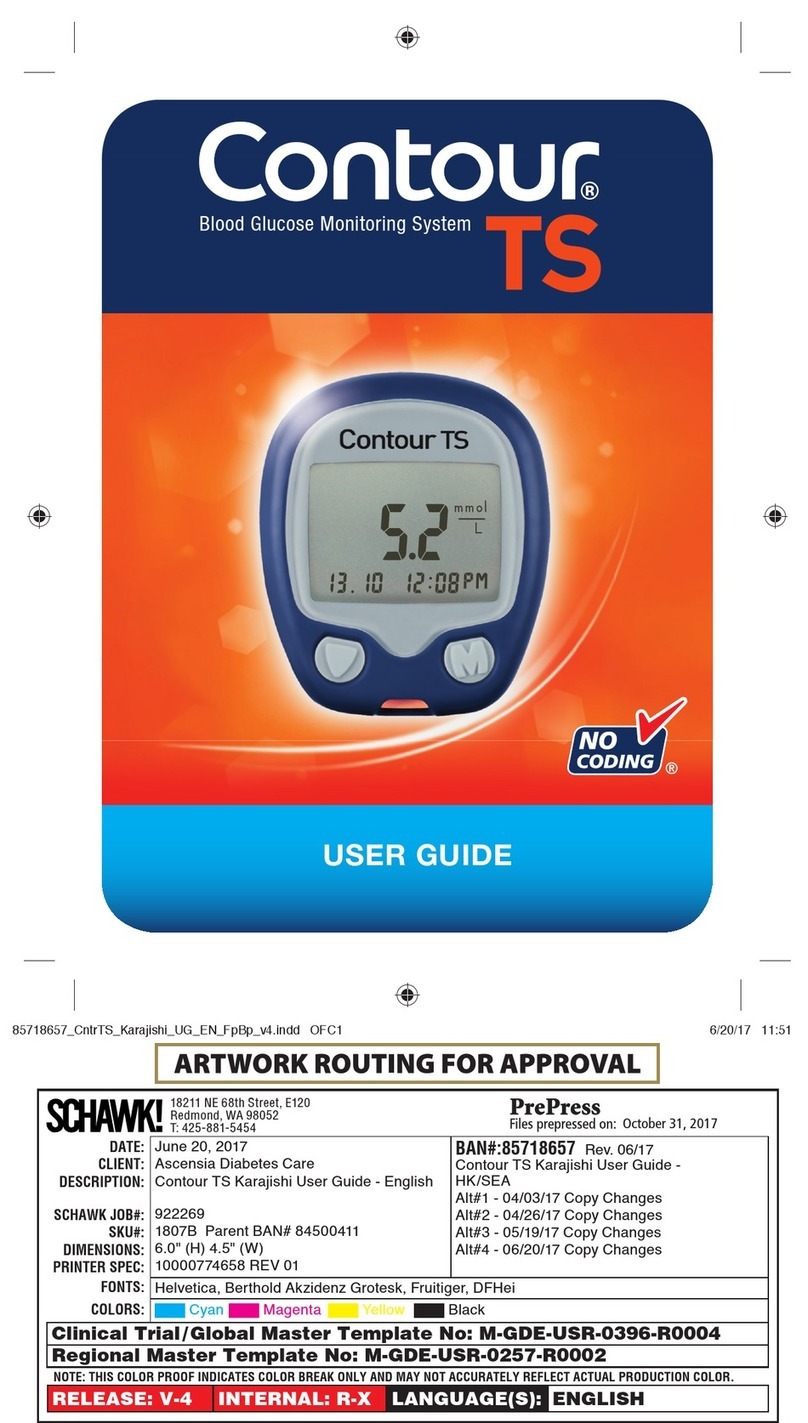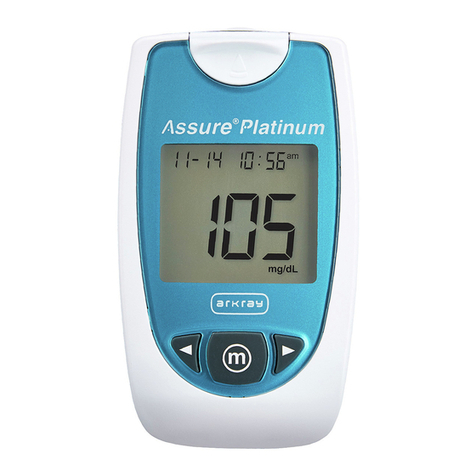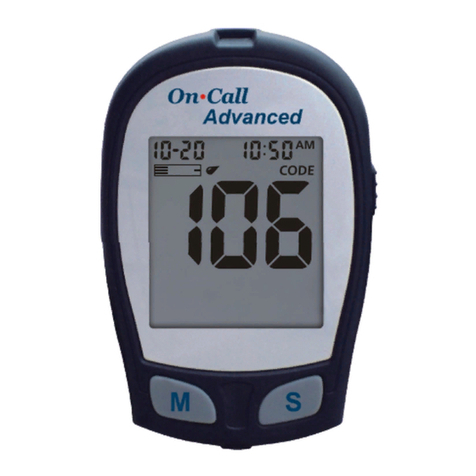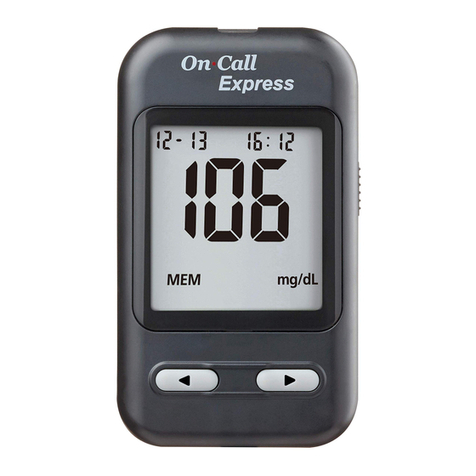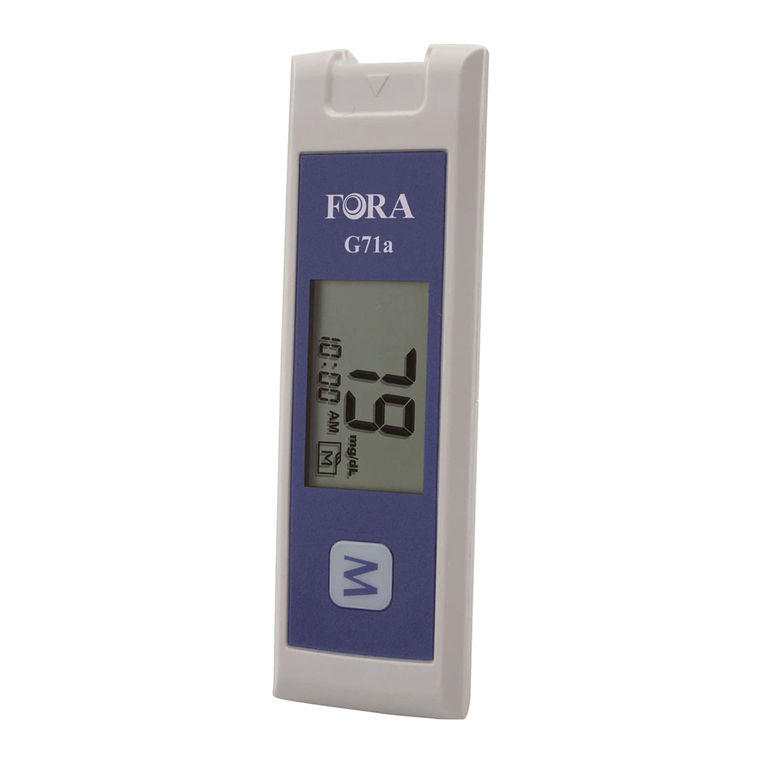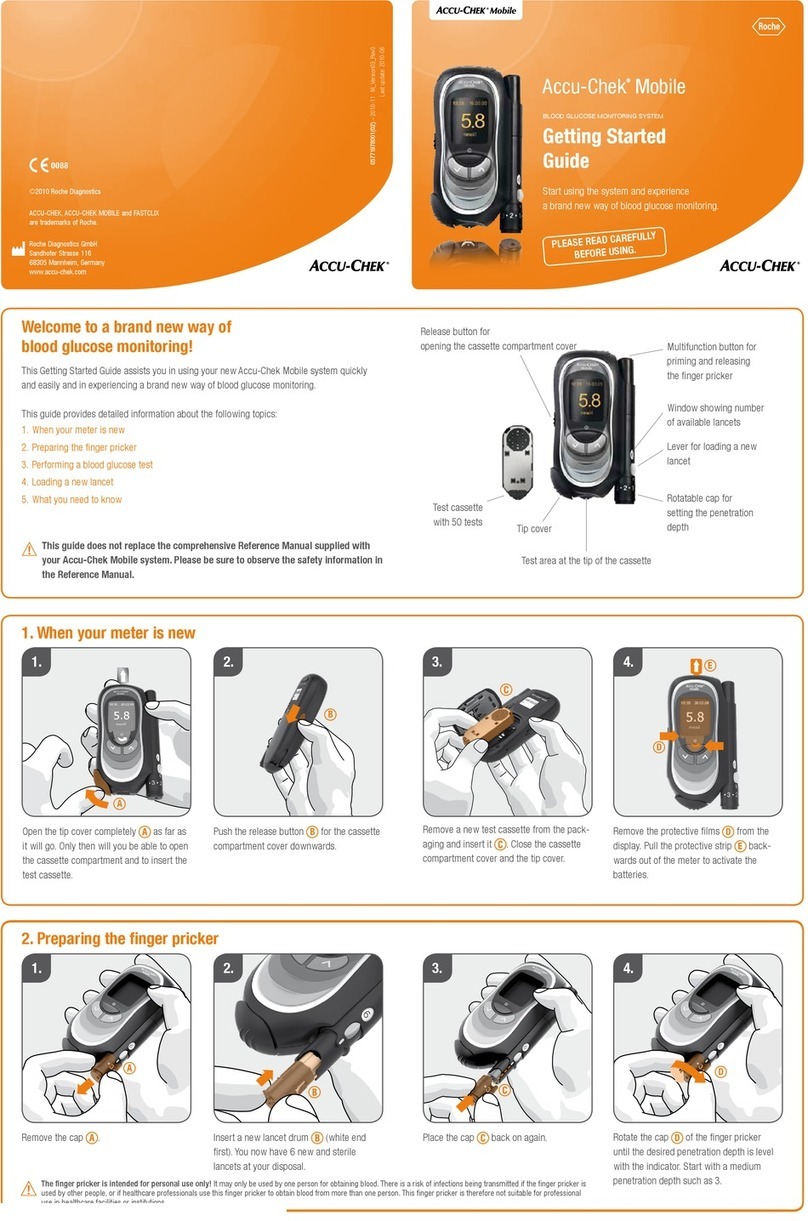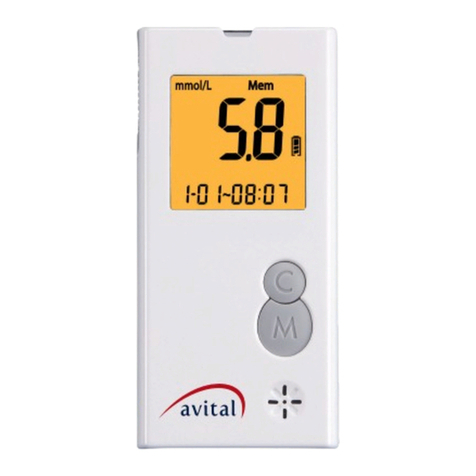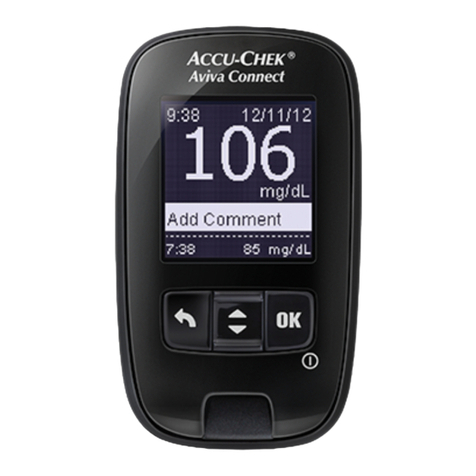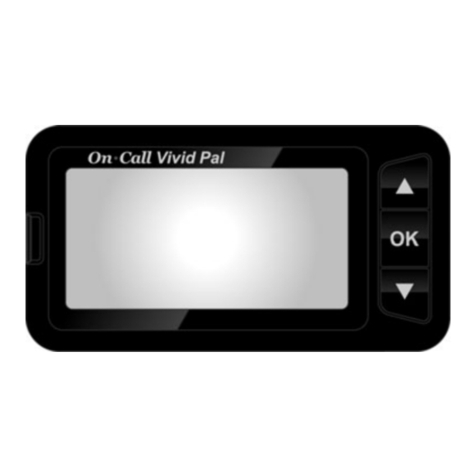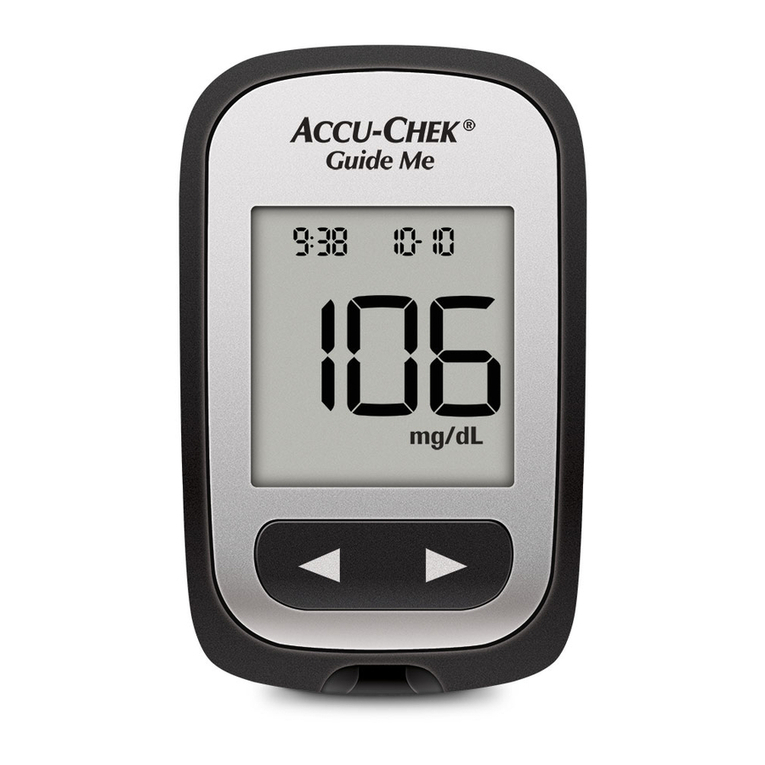Lifescan OneTouch SelectSimple User manual
Other Lifescan Blood Glucose Meter manuals
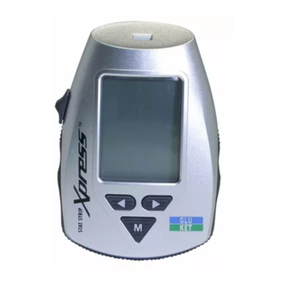
Lifescan
Lifescan OneTouch SS Xpress Manual

Lifescan
Lifescan One Touch ll User manual

Lifescan
Lifescan Blood Glucose Meter User manual

Lifescan
Lifescan OneTouch Select Plus Simple User manual

Lifescan
Lifescan InDuo blood glucose meter User manual

Lifescan
Lifescan OneTouch Ultra User manual

Lifescan
Lifescan OneTouch Delica User manual
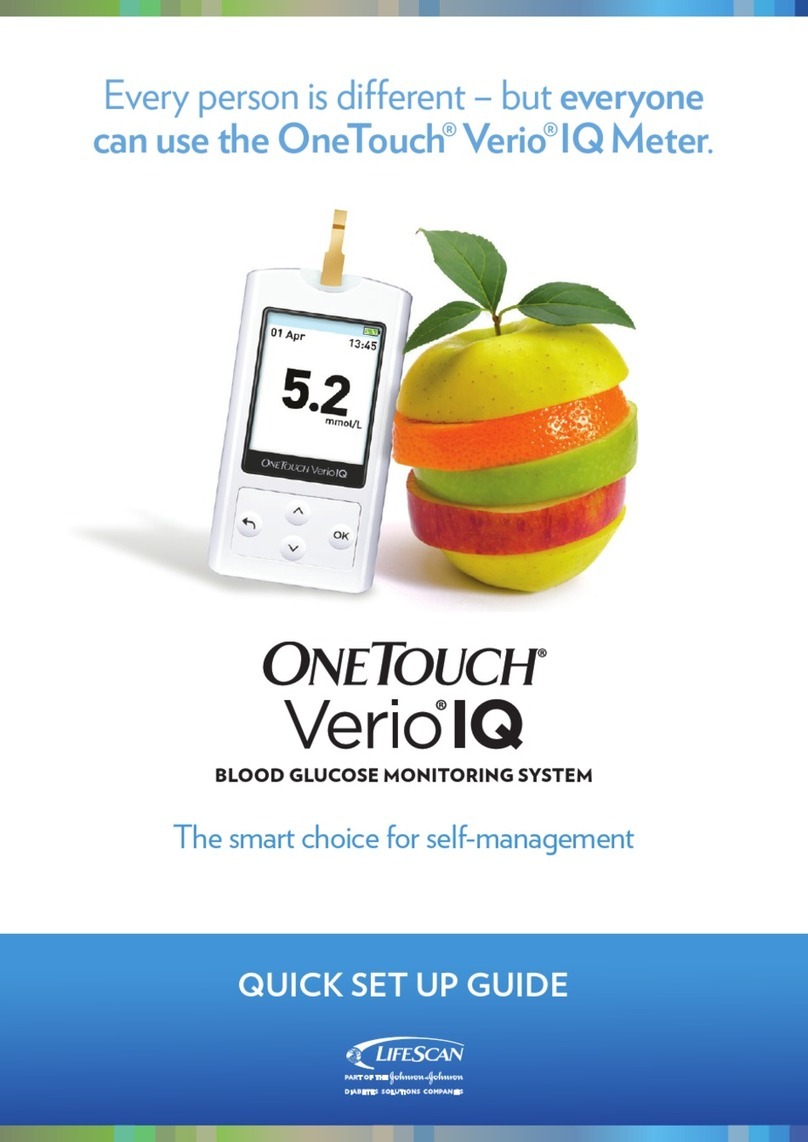
Lifescan
Lifescan OneTouch Verio IQ User manual
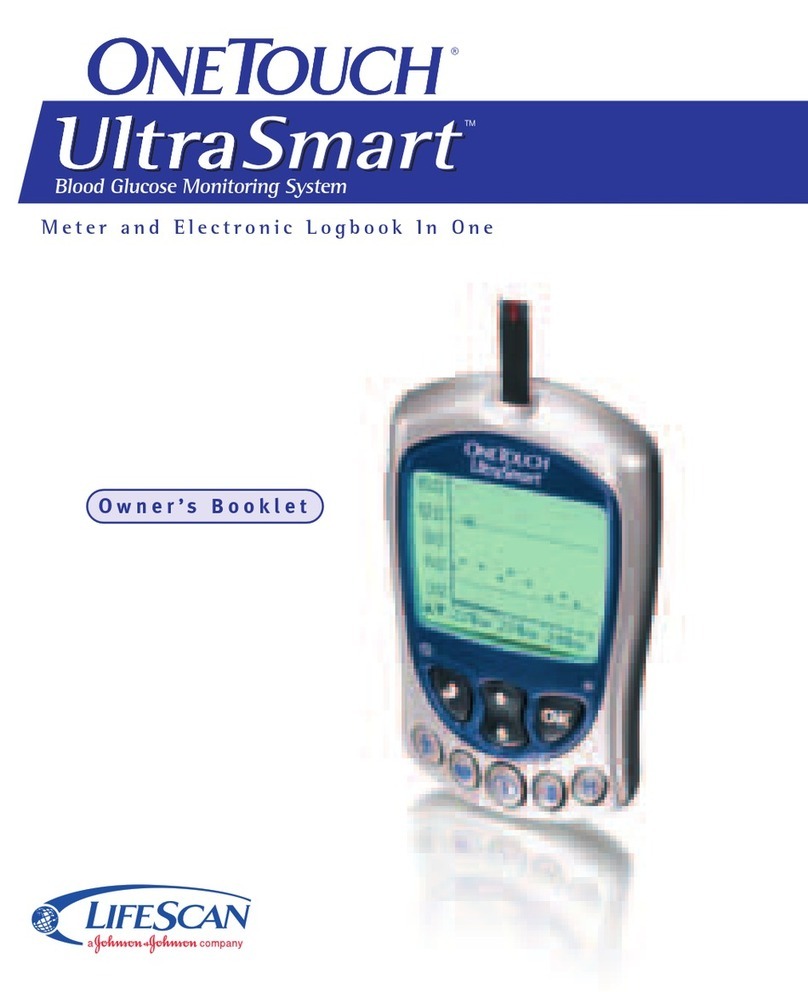
Lifescan
Lifescan UltraSmart User manual

Lifescan
Lifescan FreeStyle User manual
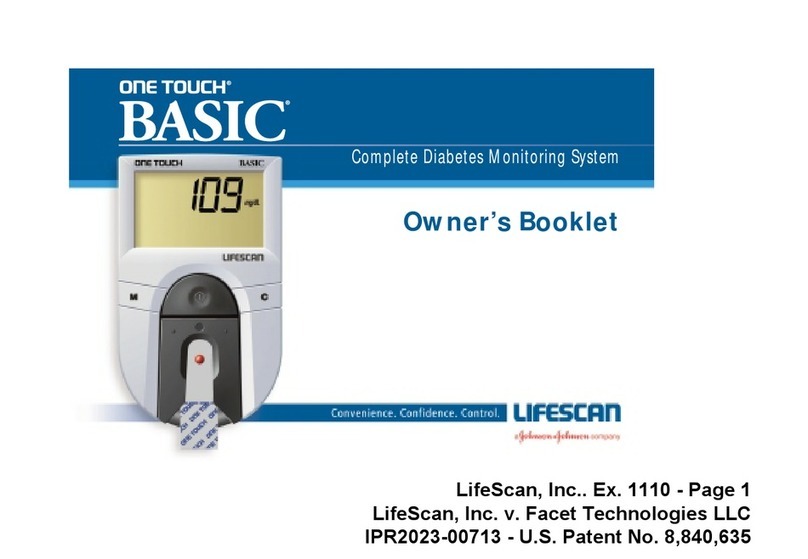
Lifescan
Lifescan ONE TOUCH Profile User manual
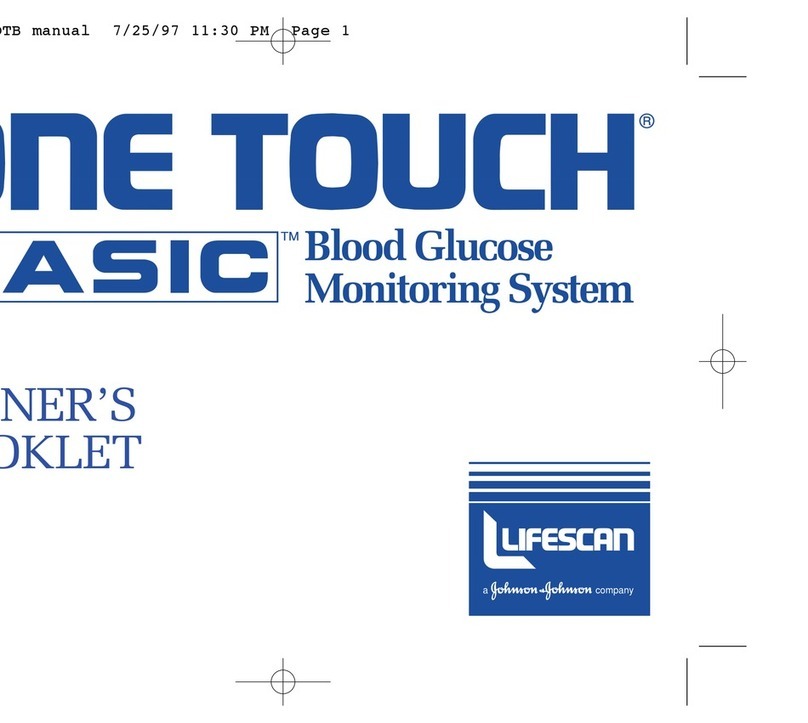
Lifescan
Lifescan BASIC - 11-96 User manual

Lifescan
Lifescan In Duo User manual

Lifescan
Lifescan OneTouch Profile blood glucose monitor User manual
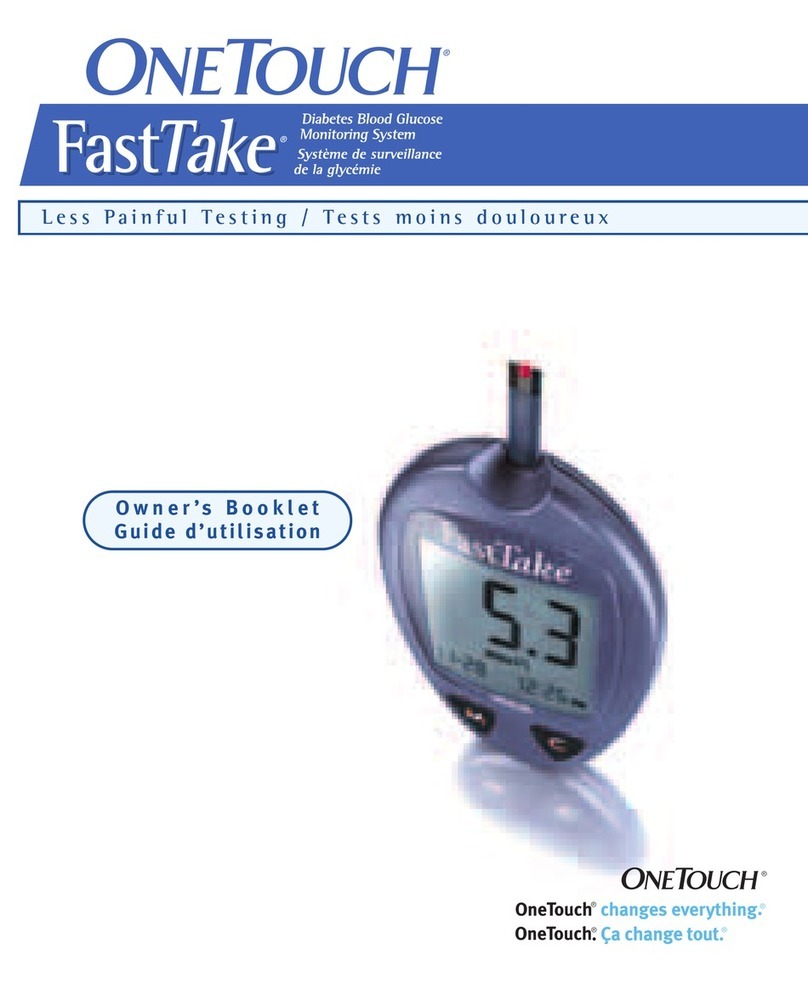
Lifescan
Lifescan OneTouch Profile User manual

Lifescan
Lifescan OneTouch Ultra 2 User manual

Lifescan
Lifescan ONETOUCH ULTRA2 User manual
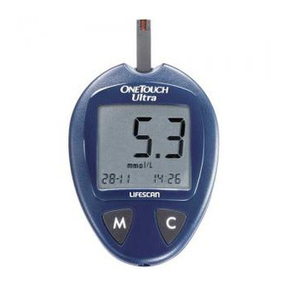
Lifescan
Lifescan INDUO User manual
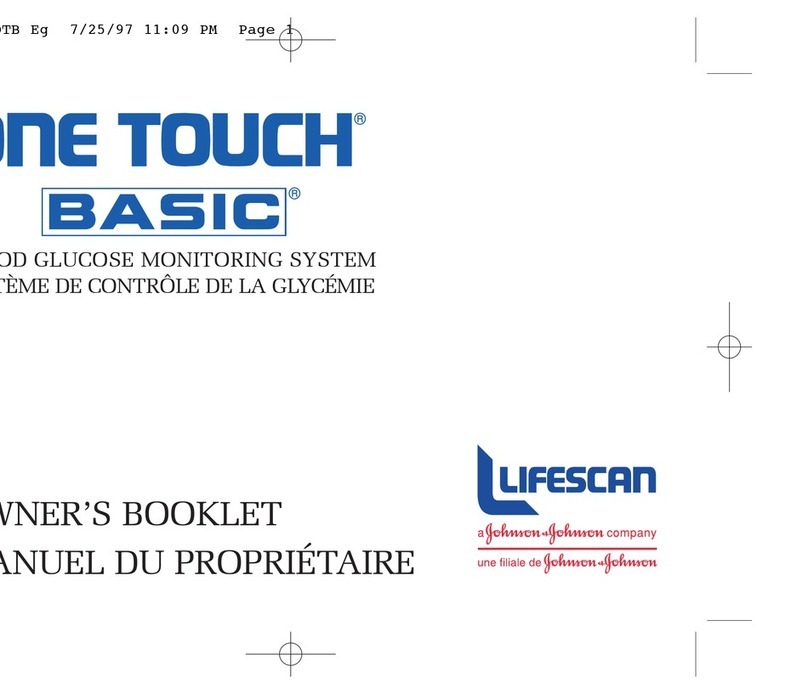
Lifescan
Lifescan ONE TOUCH BASIC BLOOD GLUCOSE MONITORING... User manual
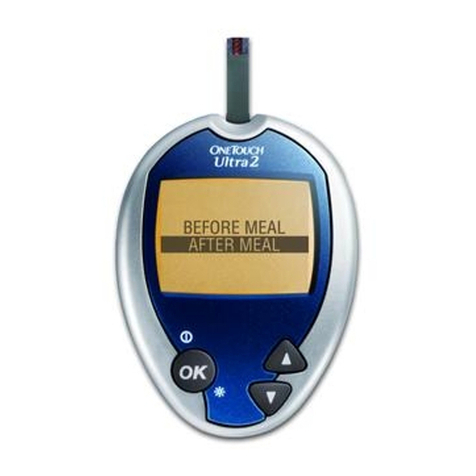
Lifescan
Lifescan ONETOUCH ULTRA2 User manual

